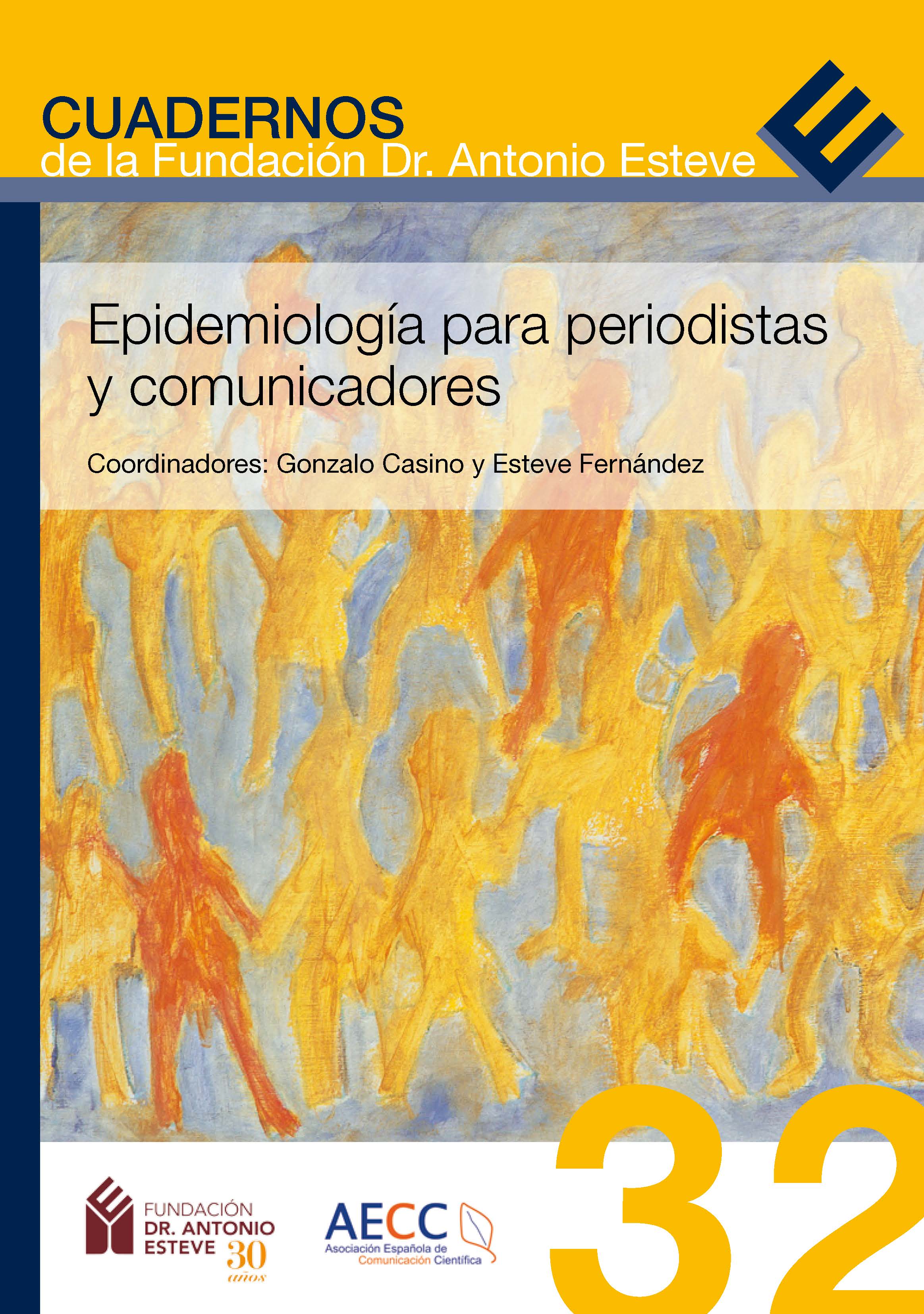
Epidemiology is a particularly attractive discipline for the media. It is present in many health issues, and also in the environment and technology, as it involves all types of health risks for the population. However, the statistical element and its technical terminology involves enormous difficulties for journalists and reporters.
The Esteve Foundation and the Asociación Española de Comunicación Científica (Spanish Association of Scientific Communication) has published the book Epidemiología para periodistas y comunicadores (Epidemiology for journalists and reporters). This is a tool that aims to assist information professionals to tackle epidemiology, which is such a tricky and at the same time, frequent area in the press.
The book is coordinated by the scientific journalist and doctor in medicine, Gonzalo Casino, and the president of the Asociación Española de Epidemiología, Esteve Fernández. It gives the presentation and debate that took place during the seminar of the same title held in June 2014, at the Madrid Press Association. In eight chapters, epidemiologists, statisticians and specialized journalists give an introduction to epidemiology with a range of explications and useful references for journalists in their day-to-day work.
For example, Erik Cobo of the department of Statistics and Operations Research of the Universitat Politècnica de Catalunya, clarifies concepts that are very common in epidemilogical studies, such as prevalence, incidence or the odds ratio. Miquel Porta, professor of public health of the Universitat Autònoma de Barcelona, discusses causality, confusions and biases in his chapter, while Carme Borrell of the Agència de Salut Pública de Barcelona (Public Health Agency of Barcelona), focuses on social epidemiology.
The book also includes a list of 44 key messages for journalists who have to deal with epidemiological studies, plus a double glossary of terms and problems in translation, with twenty of the main terms used in epidemiology.